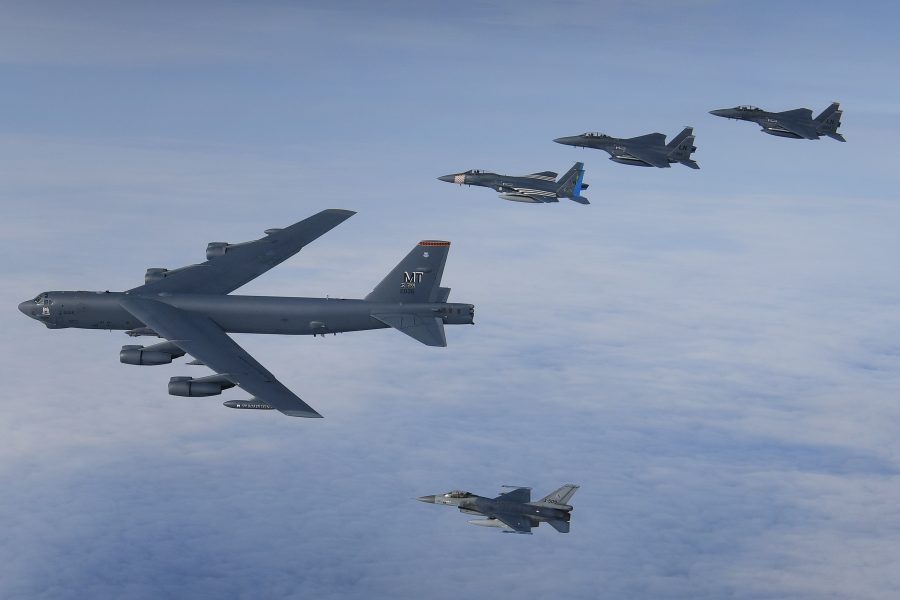The Defense Department has regained some lost readiness after two decades of continuous combat, but still has more work to do, according to a new report from the Government Accountability Office.
“Nearly two decades of conflict has degraded U.S. military readiness,” wrote report author Diana Maurer, GAO’s director of Defense Capabilities and Management.
The 2019 National Defense Authorization Act required the Pentagon to track readiness by domain—air, land, sea, space, and cyber—rather than by individual service branch. GAO found readiness improved for land forces, decreased for sea forces, and was mixed in air, space, and cyber. The public report released April 7 is thin on specifics, however, as much of the data included in the classified version provided to Congress was redacted.
For the air domain, for example, researchers looked at:
- Bombers—B-1, B-2, and B-52
- Fighters—F-15, F-16, F/A-18, F-22, and F-35
- Air Refuelers—KC-10, KC-130, and KC-135
- Combat helicopters—AH-64, AH/UH-1, and HH-60.
Among 19 mission areas reviewed from fiscal 2017 to 2019, resource readiness improved in 10, including missions in every domain except for sea. However, mission capability readiness improved in only five of the 19, all in the land domain. Mission capability readiness ratings declined overall in the sea, air, space, and cyber domains, according to the report.
Resource readiness measures the unit commander’s assessment of their organization’s ability to undertake the wartime or primary missions for which the unit is organized or designed. Called C-levels, they measure four distinct resource indicators—personnel, equipment availability,
equipment readiness, and how well the unit is trained.
Mission capability readiness measures how unit commands evaluate
the readiness of forces to accomplish assigned and potential tasks, under conditions specified in their joint mission-essential task list. This assessment is measured on a three-step scale: “Y,” or “yes;” “Q” or “qualified yes;” and “N,” or “no.”
The Air Force cited catastrophic damage from Hurricane Michael and “associated infrastructure limitations” on its F-22 fighters as some of its biggest readiness challenges, while the Army cited pilot shortages—especially for the AH-64 attack helicopter. The Marine Corps blamed problems plaguing its light attack helicopters on “limited depot repair capacity.”
Space presented a different set of challenges, especially the fact that readiness reporting is not required for all space units. The lack of “clear readiness goals for space units,” and “unit-level readiness reporting not accurately conveying the readiness of key space capabilities” make calculating space readiness extremely difficult, the report said.
Limited maintenance capacity at both private and public shipyards was the biggest hurdle in the Navy’s efforts to recover readiness.
The Defense Department largely agreed with the findings.
